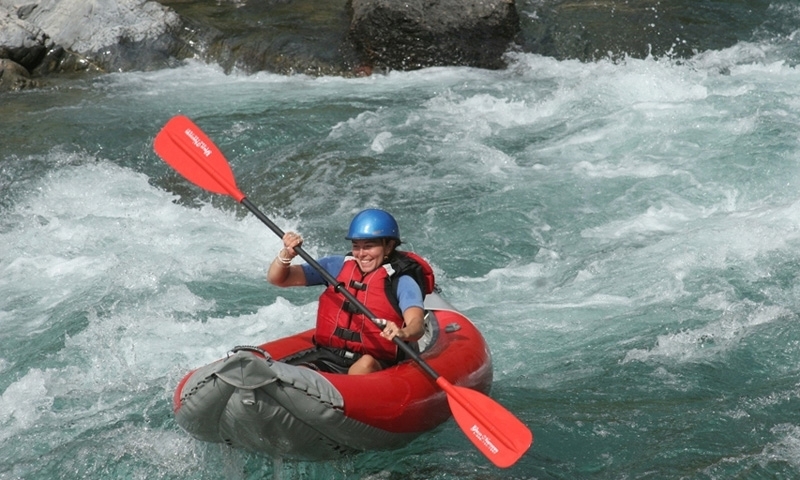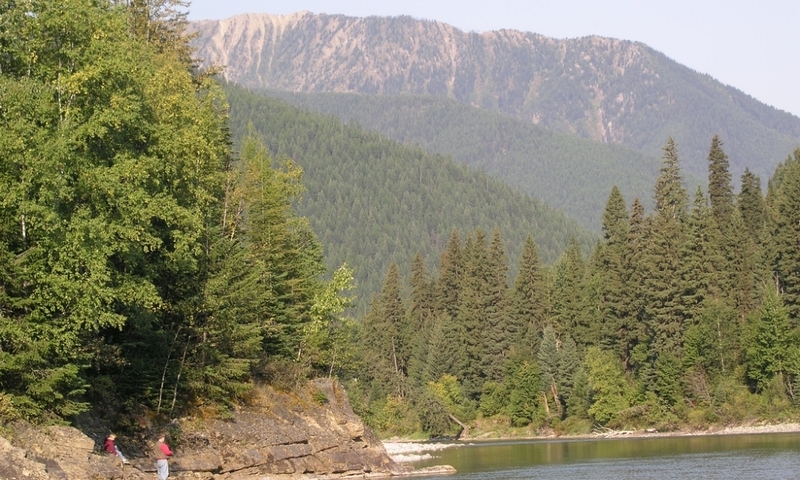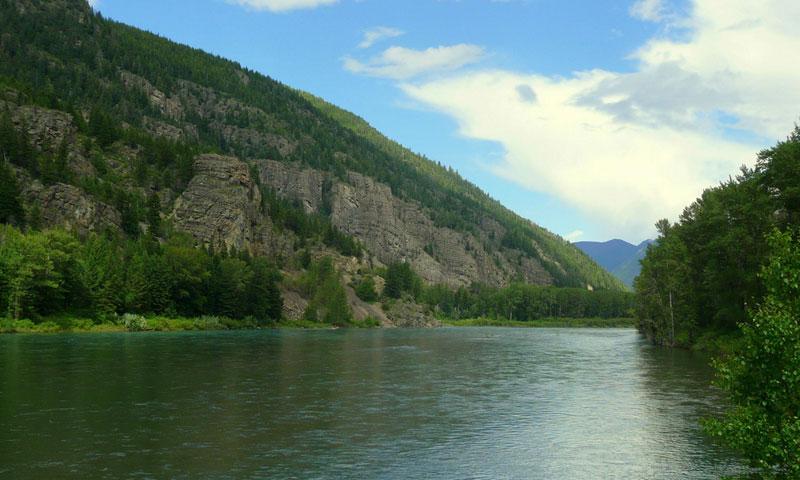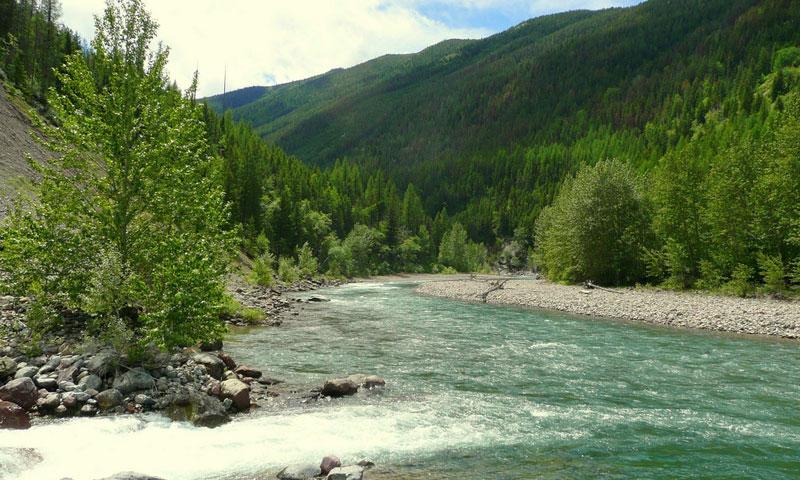- The Middle Fork of the Flathead River has very little pressure from anglers
- July, August and September are perfect months for dry fly enthusiasts
- Catch Westslope cutthroat, bull and rainbow trout, mountain whitefish and Kokanee salmon
- The Middle Fork of the Flathead lies to the southeast of Glacier National Park
Overview of Location
The Middle Fork of the Flathead River is known more for its whitewater rapids than its fishing, but there is very little pressure from anglers on this river making solitude an attractive feature. And of course, there are fish to catch.
Type of waterway
The Middle Fork is fed primarily from the snowmelt in higher elevations, so is cold and doesn’t contain a lot of essential nutrients. The fish, therefore, don’t grow to large sizes. Although your catches may only average 8 to12 inches, the fish here are not picky eaters and will bite at most flies. If you are at the Middle Fork at the right time, you may be able to catch a larger migrating fish.
Shore access to the river is readily available in some places, but floating is recommended for effective fishing.
Fishing seasons
Fishing season of this river is open from the third Saturday in May through the month of November. There is also an extended catch and release season for trout and a 50 daily limit for whitefish during the rest of the year. You can catch and release cutthroat trout while you are limed to 2 rainbow trout per day. July, August and September are perfect months for dry fly enthusiasts.
Before you head out on tributary streams, make sure you check with regulations as some tributaries may be closed due to spawning. Also, remember that it is illegal to catch any bull trout.
Most common fish species
The Middle Fork of the Flathead River is home to Westslope cutthroat, bull trout, mountain whitefish, and rainbow trout. You might also find Kokanee salmon. The food web of the Middle Fork is constantly changing, thus fish populations are changing. Opossum shrimp were planted in upstream lakes in the late 1960s. Eventually, these shrimp came to make up a majority of the zooplankton that inhabits the waters of the area. Non-native rainbow trout and whitefish have thrived in these conditions while other species, such as the Westslope cutthroat and bull trout, have declined.
Directions for accessing the river
The Middle Fork of the Flathead River lies to the southeast of Glacier National Park, beginning in the Bob Marshall Wilderness. Starting from Essex, Montana, US Highway 2 parallels the river to West Glacier. There are many access points between these two towns, and the middle portion has very little pressure from fishermen and floaters.








